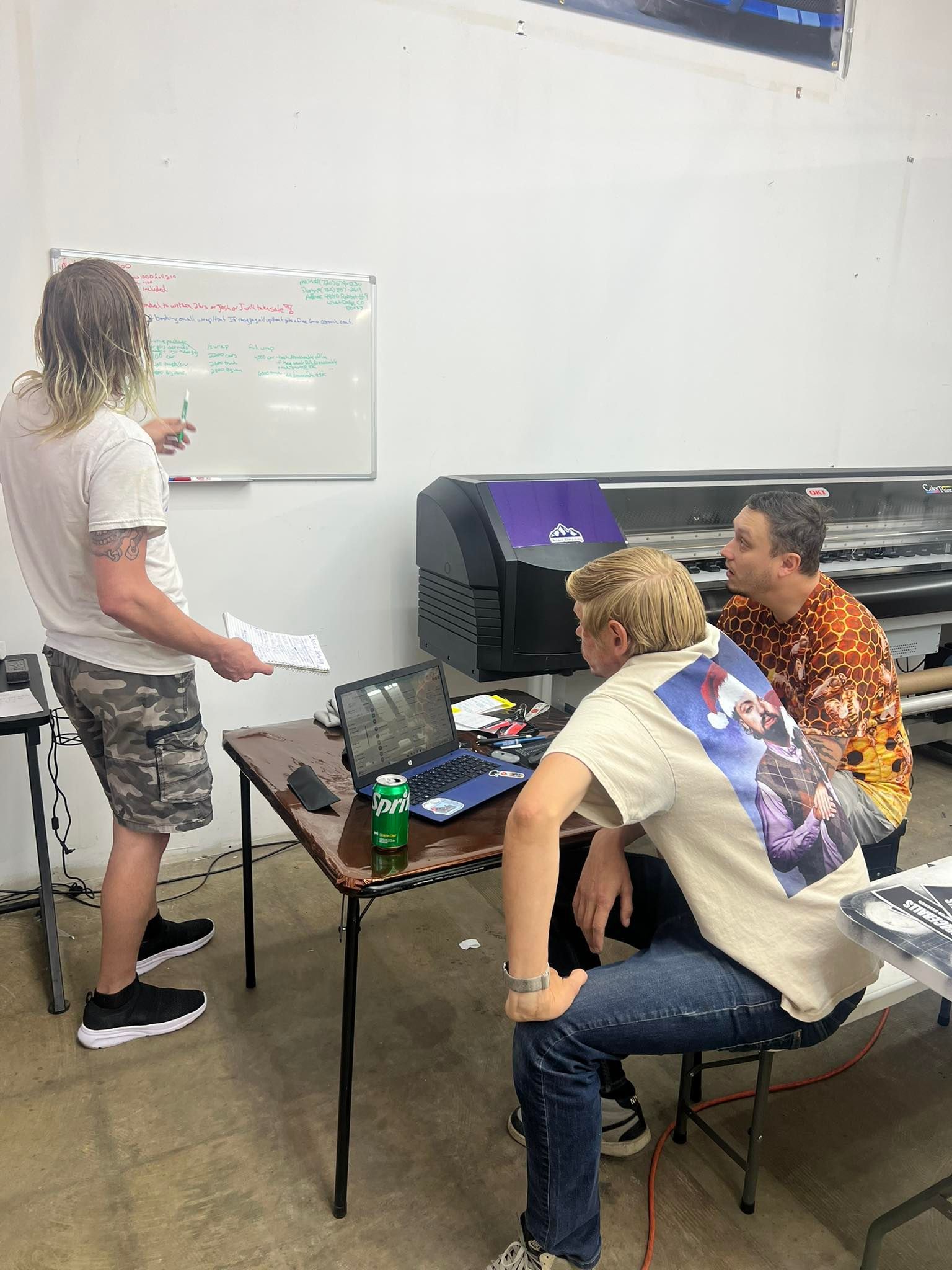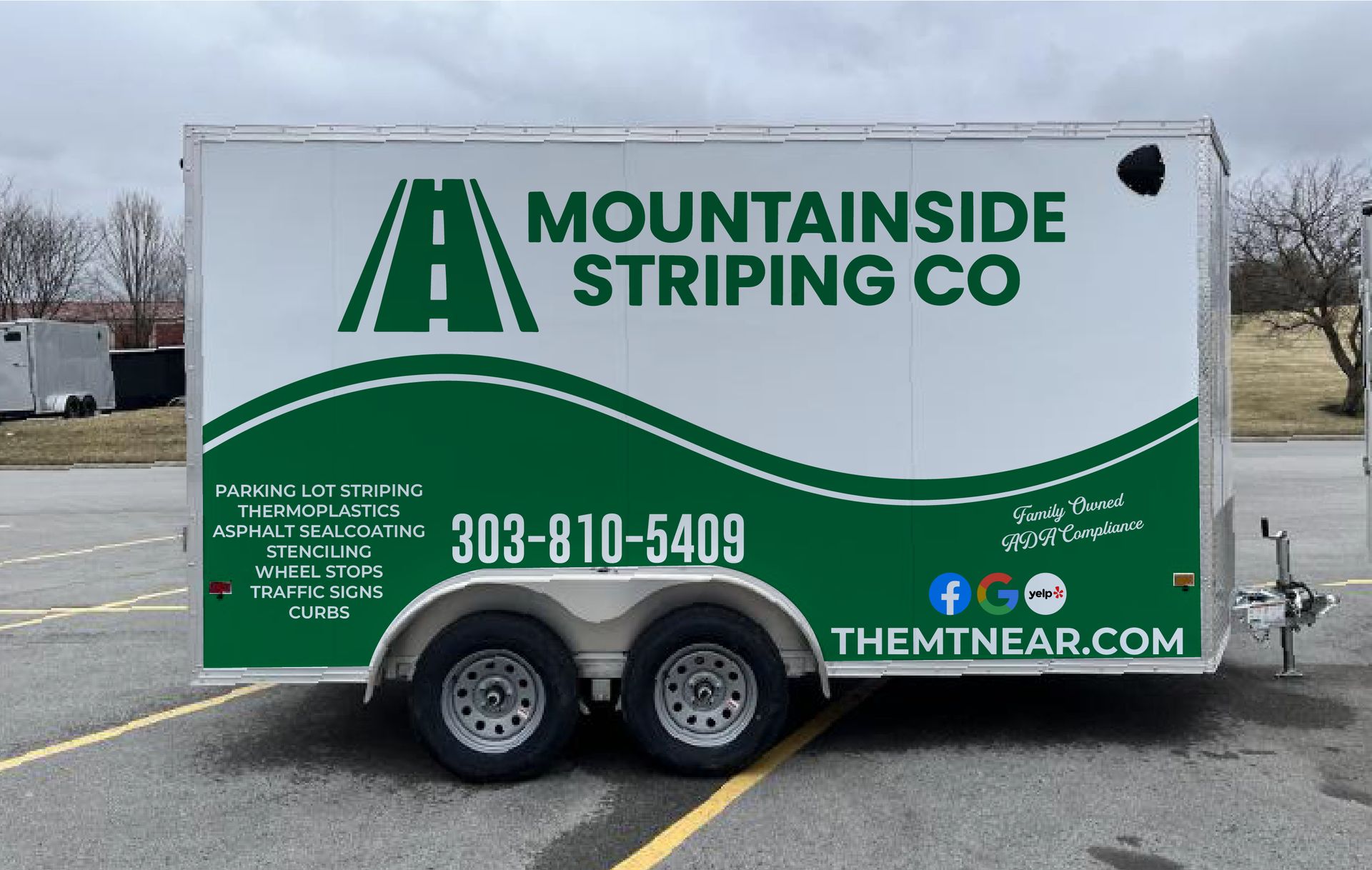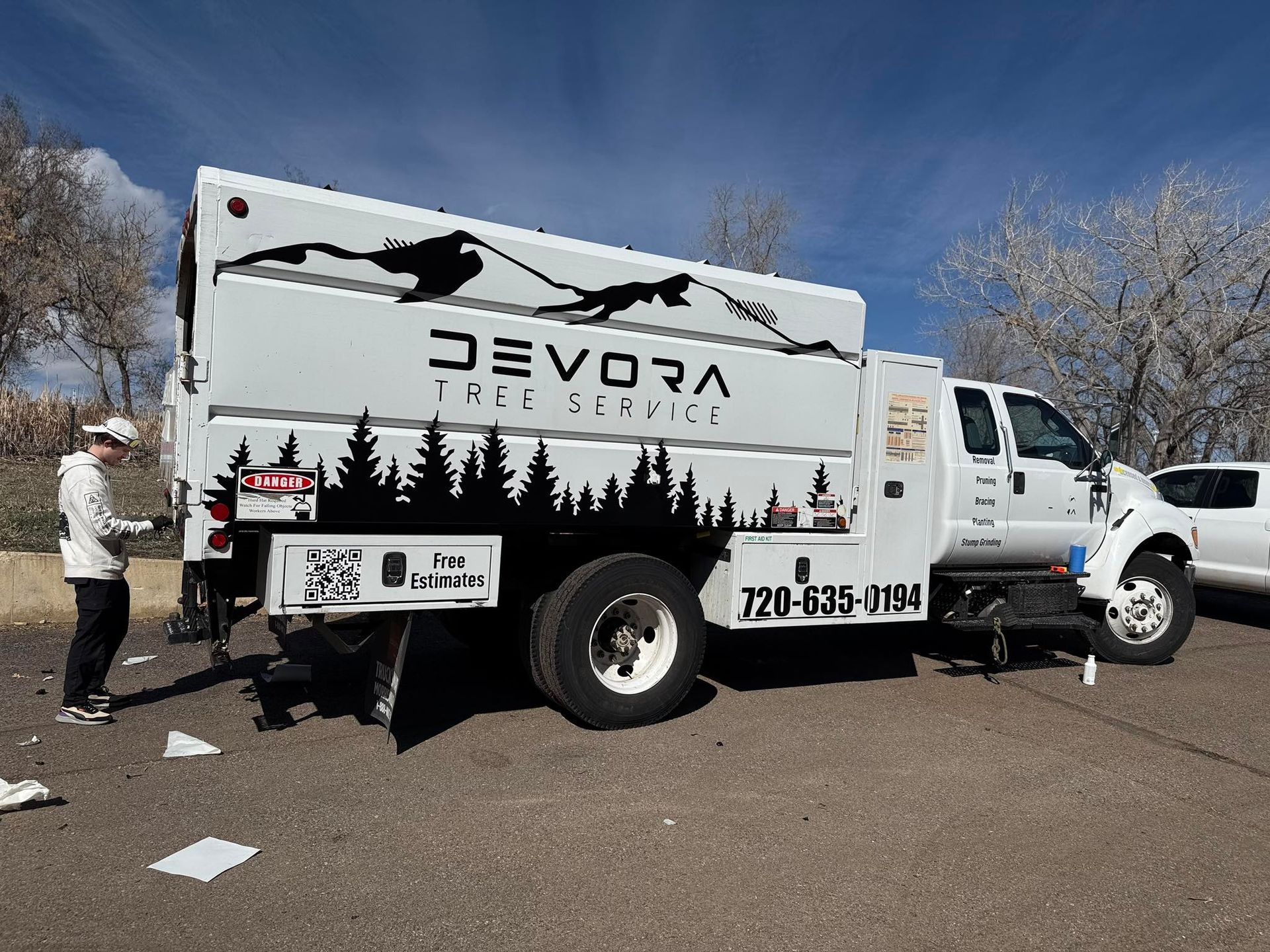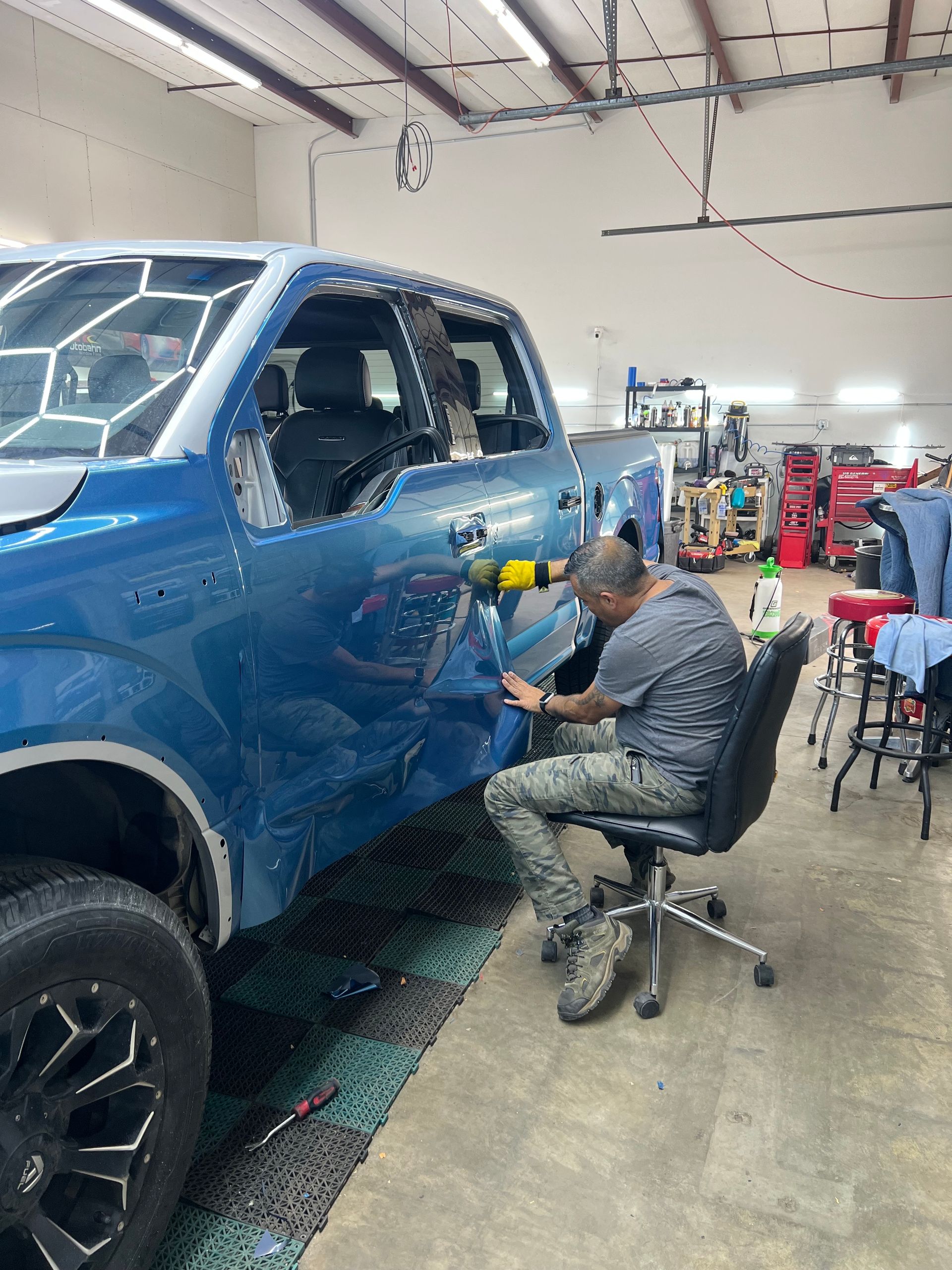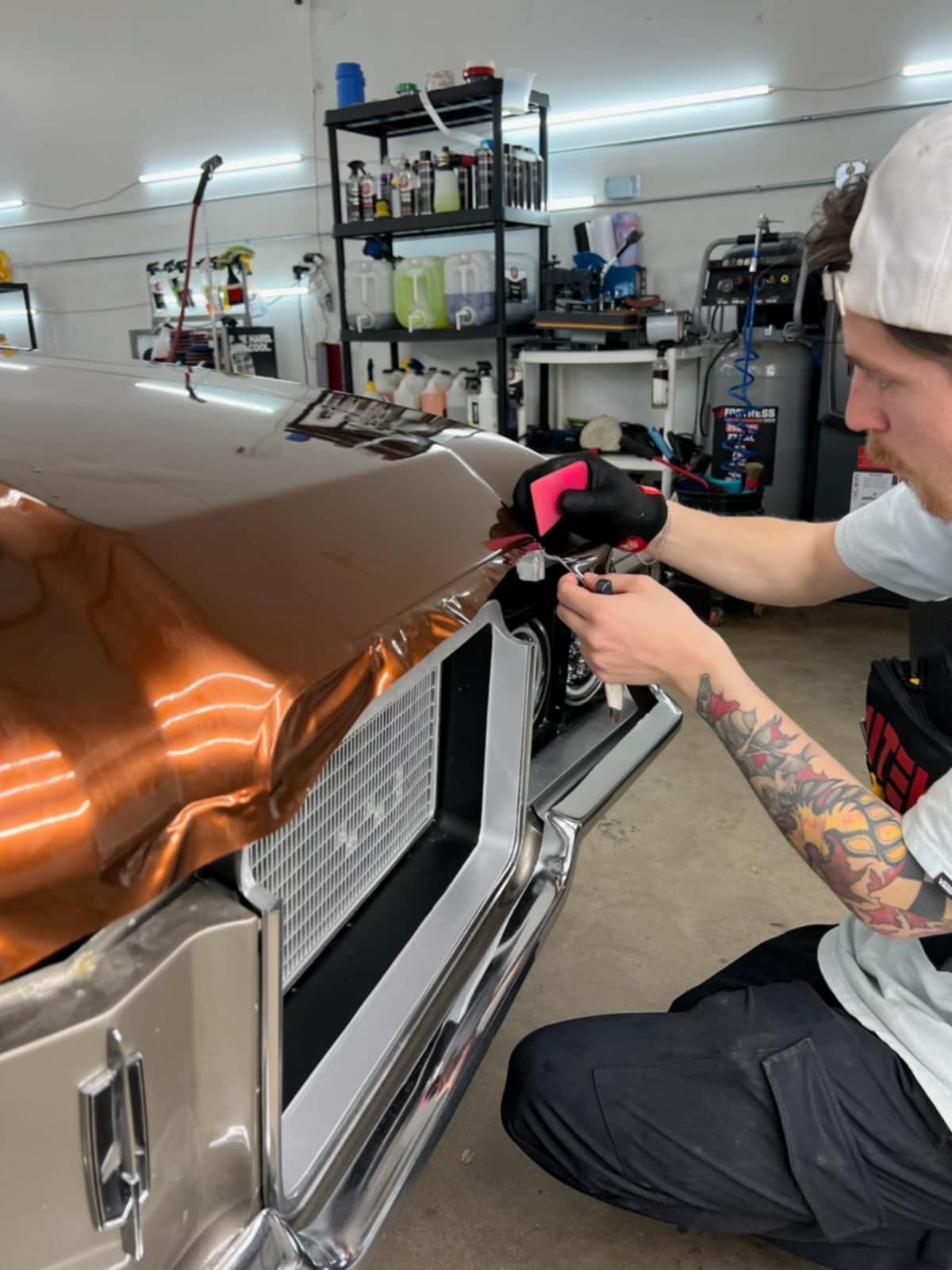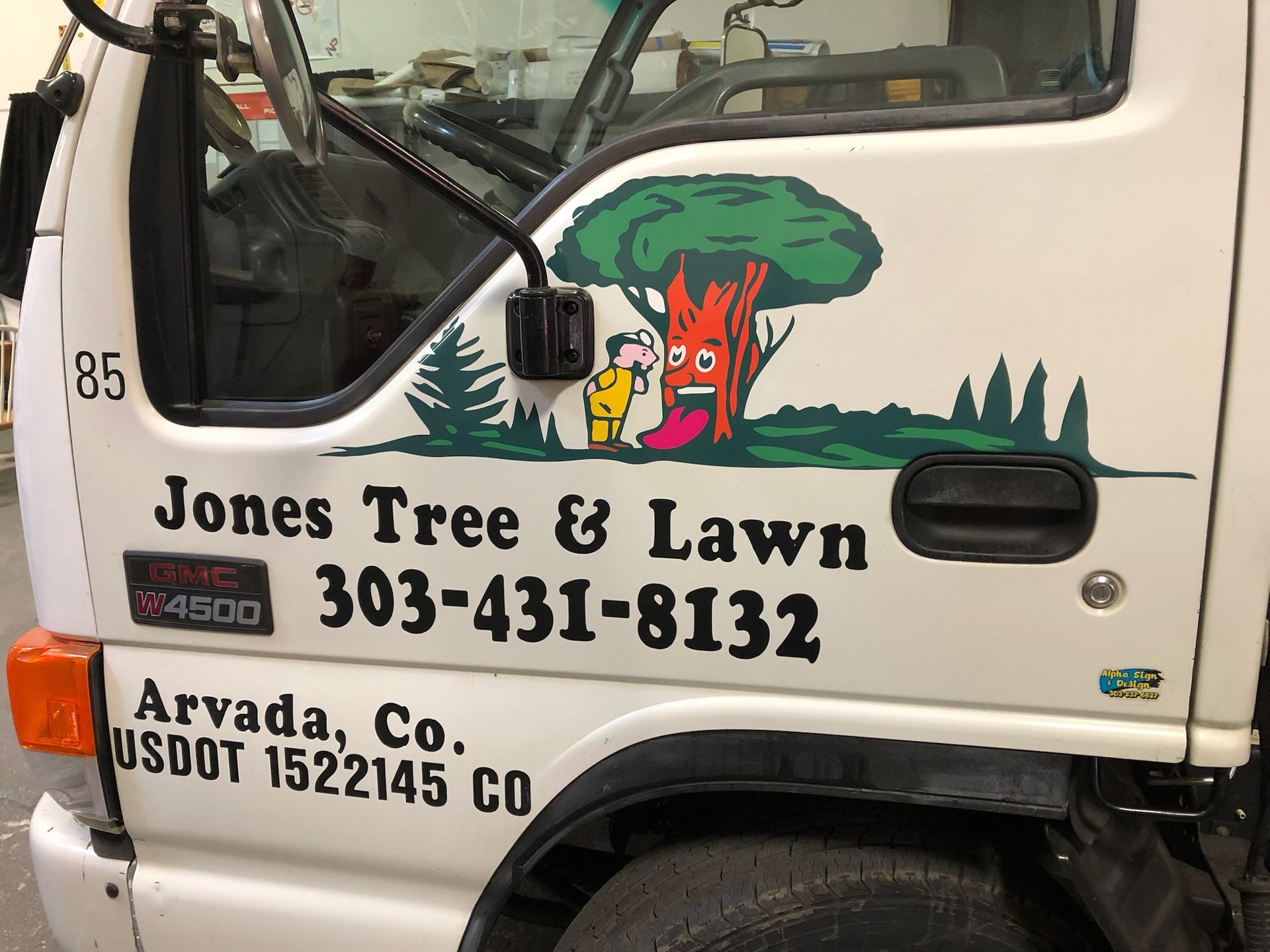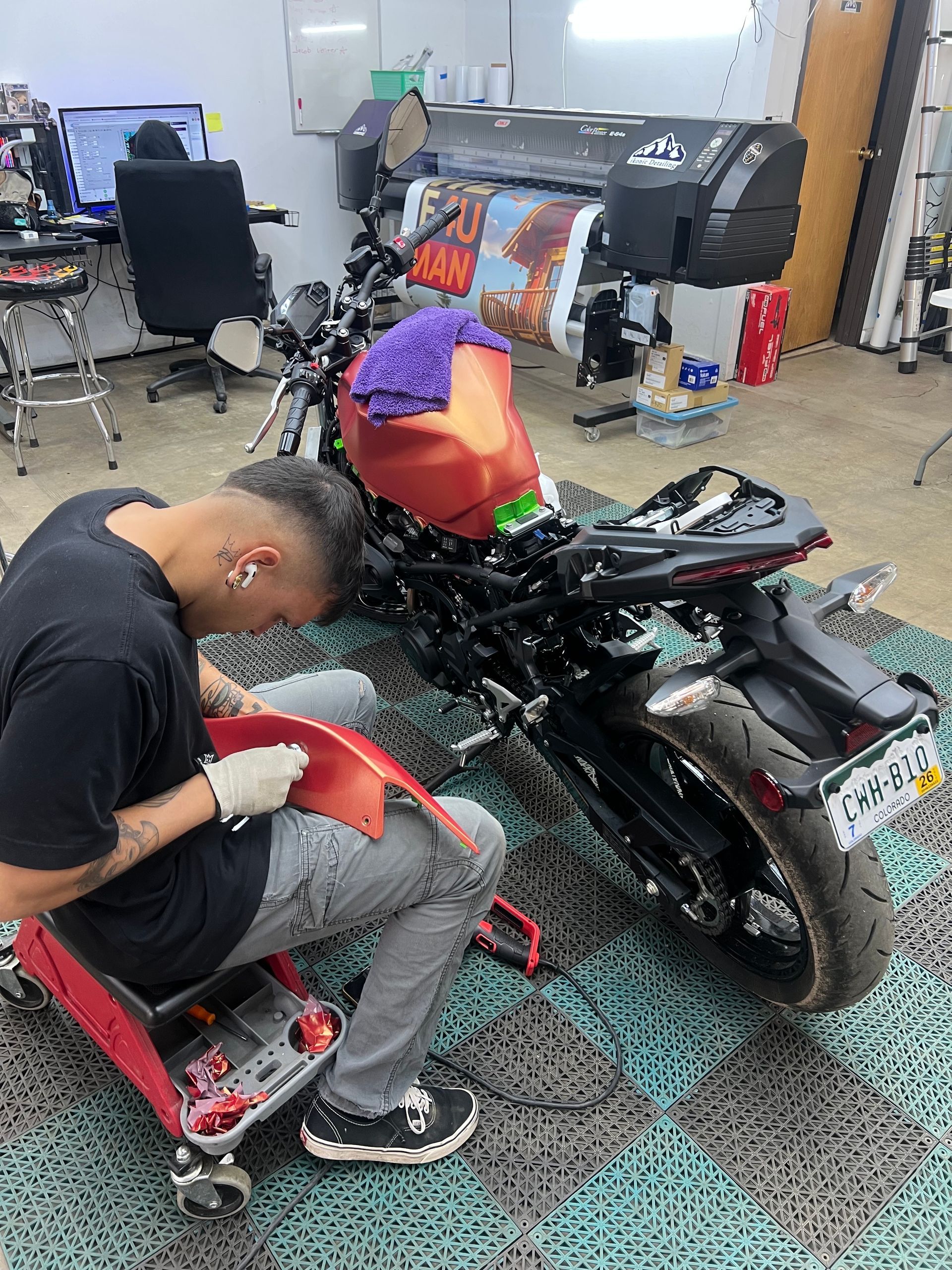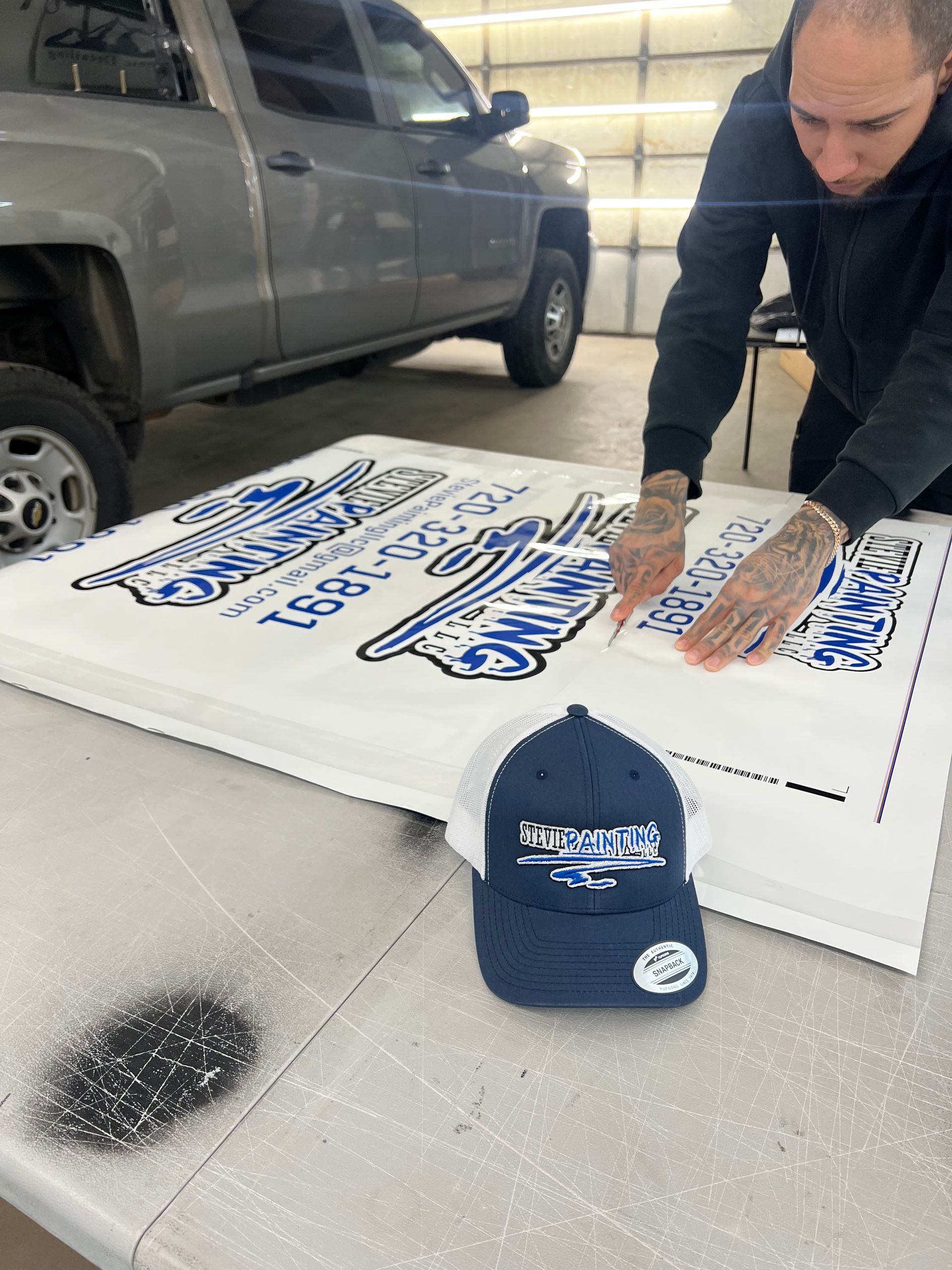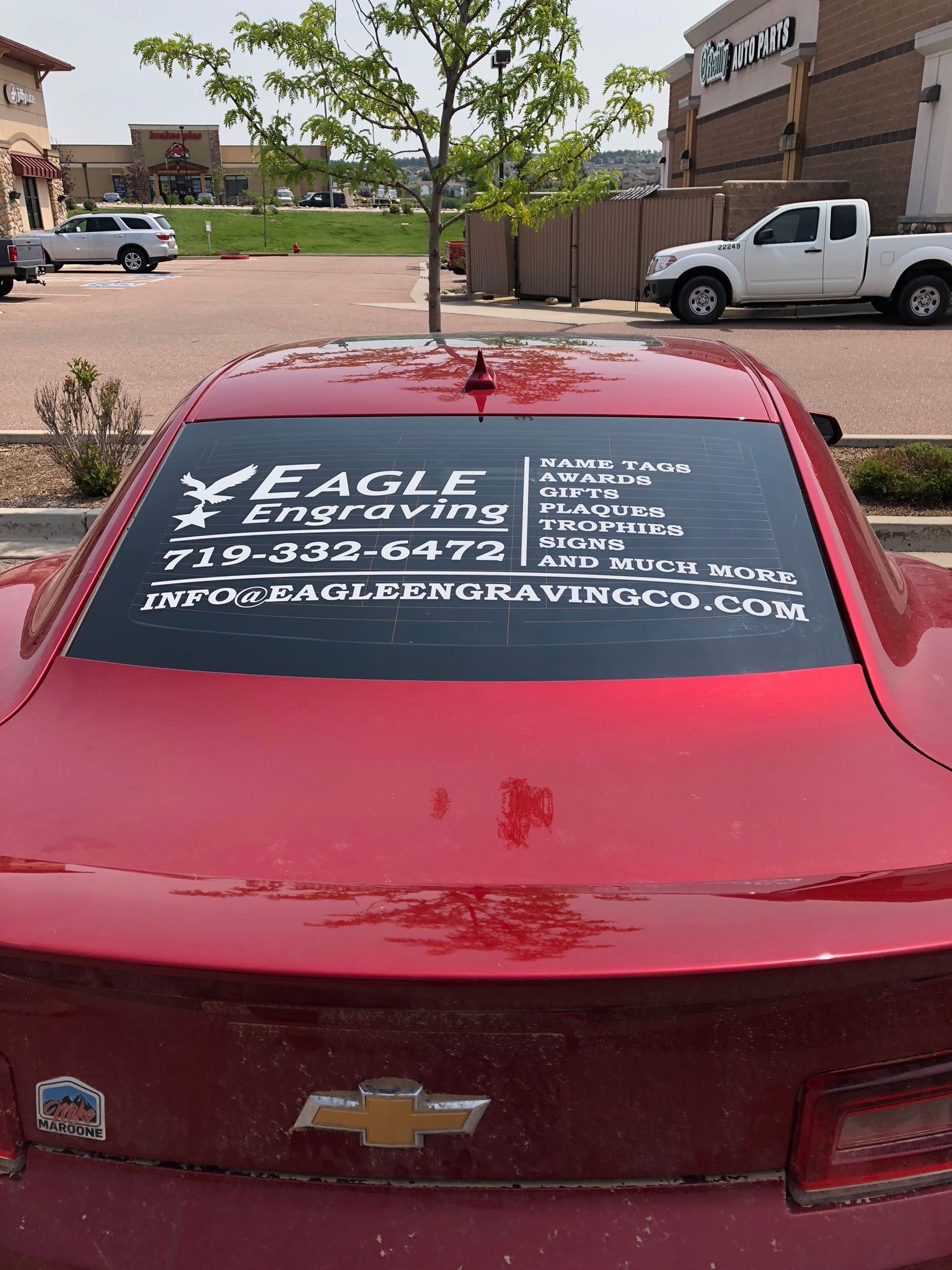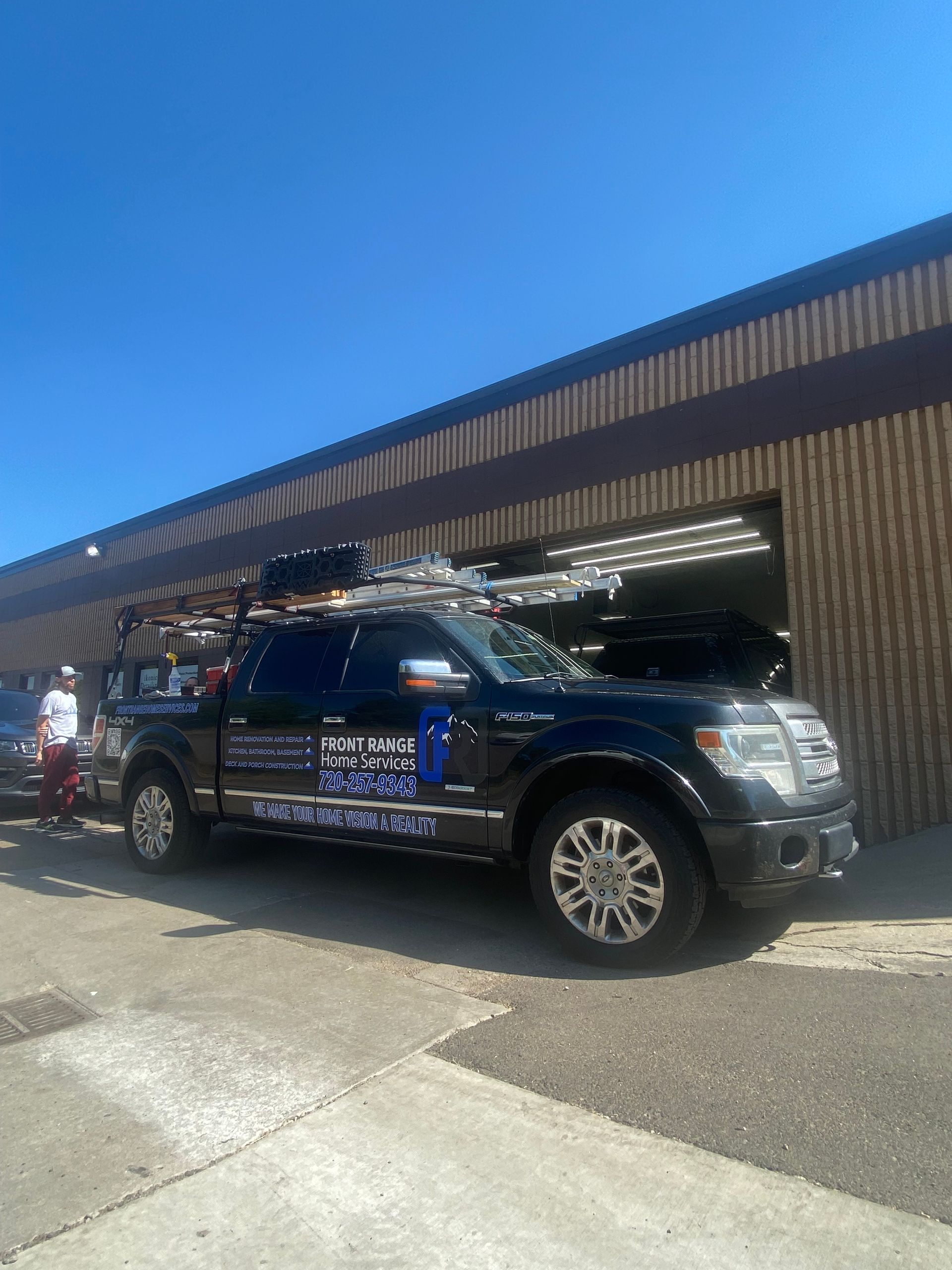A Factual Guide to Commercial Wrap Maintenance (And How to Protect Your Investment)
A commercial vehicle wrap is one of your business's most valuable marketing assets. It's a 24/7 billboard that represents your brand on the roads of Wheat Ridge and Denver. But here is a critical fact: a vinyl wrap is not paint.
To ensure your fleet wrap lasts its full 5-7 year lifespan, it requires a specific, simple maintenance routine. Treating your vinyl wrap like factory paint is the fastest way to damage it.
As a professional "wrap shop near me," we believe our job isn't finished when you drive away. Our responsibility includes educating you on how to protect your investment. This is the official guide to commercial wrap care.
The "Do Not Do" List: The 3 Fastest Ways to Ruin a Wrap
Before we get to what you should do, let's cover what you must avoid.
- Do Not Use Automatic "Brush" Car Washes. The big, spinning brushes of doom. These are the #1 enemy of a vinyl wrap. The high-powered, abrasive bristles can catch a seam or edge and begin to peel the vinyl right off your vehicle.
- Do Not Misuse a Pressure Washer. A pressure washer is a useful tool, but it can also be a weapon against your wrap. Never spray a high-pressure stream of water directly at the edges or seams of the wrap. This will lift the vinyl and force water underneath it, causing the wrap to fail.
- Do Not Use Abrasive Waxes or Solvents. Never use any abrasive polishes, rubbing compounds, or Carnauba-based waxes. These products can damage the finish (especially on matte or satin wraps) and can cause the laminate to look cloudy, greasy, or hazy over time. Never use strong solvents like acetone, lacquer thinner, or MEK on your graphics.

The Professional Maintenance Plan: "The Do's"
Your goal is to keep the wrap clean. Dirt, road grime, and environmental contaminants (like bird droppings or mag chloride) that are left to bake on the surface will degrade the vinyl.
1. Washing Your Wrap (The Right Way)
- Best Method: Hand Wash. This is the safest and most effective method.
- What Soap: Use a mild, non-abrasive detergent. Any high-quality, pH-neutral car wash soap is perfect.
- What to Use: A soft, clean microfiber wash mitt.
- The Process:
- Rinse the vehicle with plain water to remove all loose dirt and grit.
- Use a "two-bucket" method: one bucket with your soap solution, one with clean water for rinsing your mitt.
- Wash from the top down, gently, without harsh scrubbing.
- Rinse thoroughly and dry immediately with a clean microfiber towel to prevent water spots.
2. The "It's Okay" Method: Touchless Car Washes
If you don't have time for a hand wash, a touchless (brushless) automatic car wash is an acceptable alternative. These washes use high-pressure water and detergents, which are far safer for the wrap than mechanical brushes.
3. How to Handle Stubborn Contaminants (Bugs, Tar, Sap)
- Act Quickly. Do not let bug splatter, bird droppings, or tree sap sit on your wrap. They are acidic and can permanently etch the vinyl.
- How to Clean: Soak the spot with warm, soapy water for a few minutes to soften it. Most of it should then wipe away easily.
- For Tough Spots: Use a 50/50 mix of Isopropyl Alcohol (IPA) and water. This is a safe and effective spot cleaner for vinyl wraps. Apply to a microfiber towel, gently wipe the spot, and then immediately rinse the area with plain water.
By following this simple, factual guide, you ensure your fleet branding remains sharp, vibrant, and professional for its entire life. You are not just protecting a vinyl wrap; you are protecting your brand's reputation.
